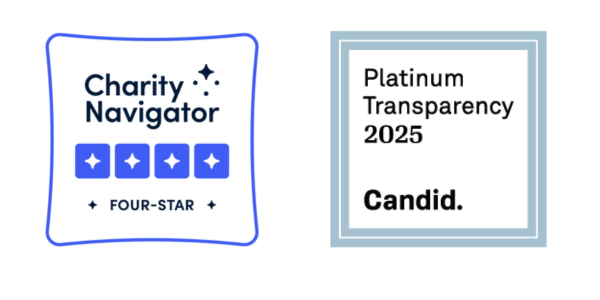Our Work

Building Brighter Futures for All
We help students achieve their full potential by investing in programs that cover the bookends of learning – from early literacy intervention to strengthening college and career readiness. We believe in empowering all students with the tools they need to excel, preparing them for a successful life after high school.
Academic Achievement
We focus on raising achievement levels, especially for students who need it most. We are dedicated to improving outcomes so every student can unlock their potential and thrive.
College & Career Readiness
Our community thrives when students are prepared to take the next step—whether it is continuing their education or launching their careers—empowering a brighter future for all. That’s why we strategically invest in programs that prepare students for post-secondary education or equip them with the skills they need to enter the workforce.
Curriculum Enrichment
We enrich the learning experience for students and teachers by funding innovative projects and learning opportunities that are crucial to student engagement and developing essential life skills. This enables students to apply what they learn in real-world scenarios.
Empowering Educators
When educators are supported, students can excel and reach their full academic potential. We celebrate teachers’ achievements and provide essential classroom resources to help them deliver high-quality instruction.
Become a Mentor
or Volunteer
You can help students build a solid foundation of values, establish goals, improve their academic and life skills, while developing self-esteem and confidence.
Partners in Impact































